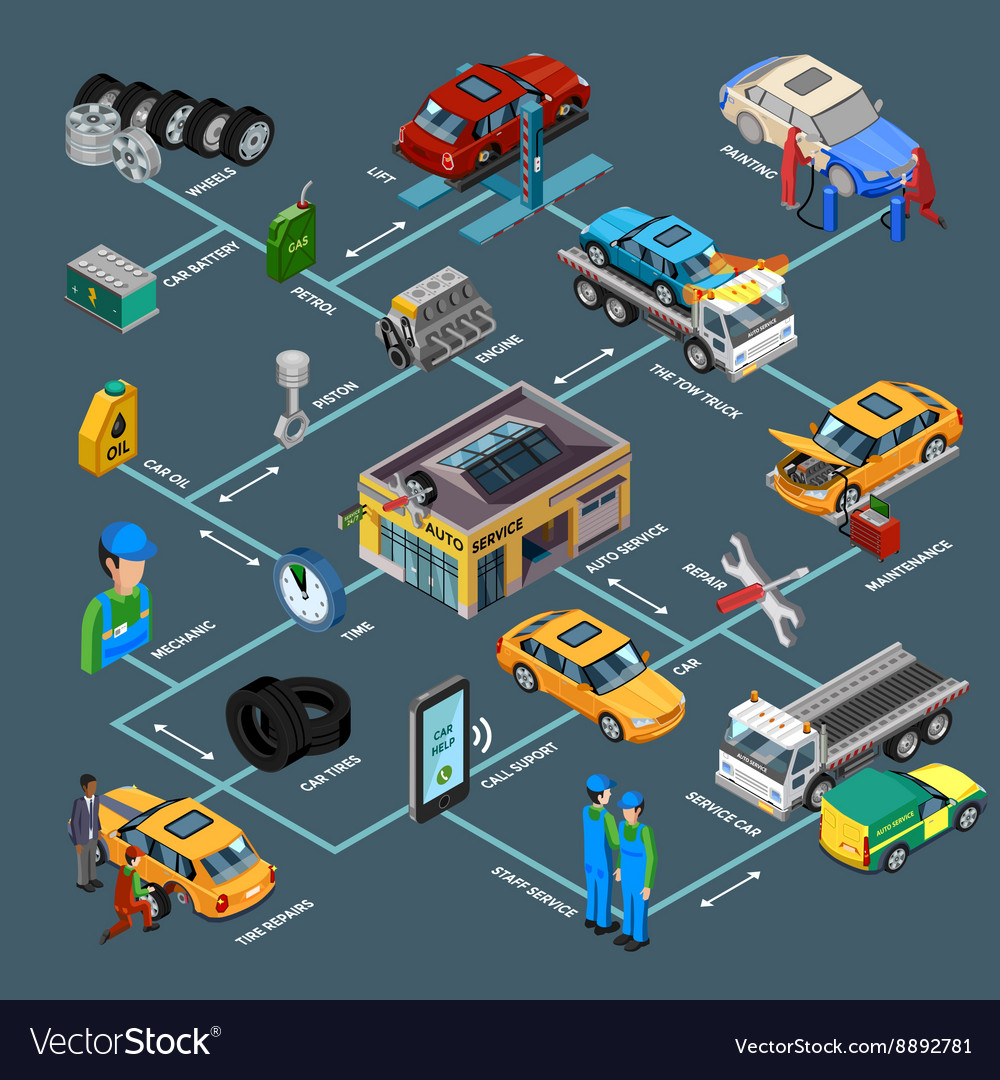Comprehending The Significance Behind Your Vehicle'S Warning Lighting: An In-Depth Appearance
Comprehending The Significance Behind Your Vehicle'S Warning Lighting: An In-Depth Appearance
Blog Article
Produced By-Sykes Kejser
When you're behind the wheel, those radiant caution lights on your control panel can be a bit perplexing. Do you understand what they're attempting to inform you concerning your auto's health and wellness? Understanding the importance of these lights is important for your safety and the longevity of your lorry. So, the next time one of those lights turns up, would not you intend to decode its message accurately and take the essential steps to resolve it?
Common Caution Lighting and Interpretations
Recognize typical caution lights in your cars and truck and comprehend their definitions to ensure safe driving.
The most normal caution lights consist of the check engine light, which signifies problems with the engine or exhausts system. If this light comes on, it's essential to have your vehicle inspected quickly.
The oil stress warning light suggests reduced oil pressure, needing instant interest to stop engine damages.
A flashing battery light might suggest a defective charging system, potentially leaving you stranded if not addressed.
The tire stress tracking system (TPMS) light informs you to low tire pressure, influencing automobile security and gas effectiveness. Ignoring this can lead to risky driving conditions.
The abdominal muscle light indicates a problem with the anti-lock stopping system, compromising your capability to stop rapidly in emergencies.
Lastly, the coolant temperature level warning light warns of engine overheating, which can lead to serious damage otherwise solved quickly.
Understanding these common caution lights will aid you deal with concerns immediately and keep secure driving conditions.
Relevance of Prompt Interest
Recognizing the usual caution lights in your automobile is only the initial step; the value of without delay resolving these cautions can't be emphasized enough to ensure your security on the road.
When a warning light illuminates on your control panel, it's your vehicle's means of connecting a potential issue that needs attention. Overlooking these cautions can lead to more severe troubles in the future, compromising your safety and potentially costing you extra out of commission.
mouse click the next site to warning lights can stop failures and mishaps. As an example, a flashing check engine light could suggest a misfire that, if left ignored, might create damage to the catalytic converter. Addressing this immediately can conserve you from an expensive repair service.
Similarly, a brake system alerting light might signify low brake fluid or used brake pads, essential components for your safety and security when driving.
Do It Yourself Troubleshooting Tips
If you discover a caution light on your control panel, there are a couple of do it yourself fixing tips you can try before looking for specialist aid.
The primary step is to consult your car's handbook to comprehend what the details warning light shows. In some cases the concern can be as straightforward as a loose gas cap causing the check engine light. Tightening the gas cap might resolve the problem.
Another typical concern is a reduced battery, which can set off different warning lights. Checking the battery connections for corrosion and ensuring they're safe and secure might deal with the problem.
If a warning light continues, you can try resetting it by separating the automobile's battery for a couple of mins and afterwards reconnecting it. Additionally, checking your vehicle's fluid levels, such as oil, coolant, and brake liquid, can assist troubleshoot cautioning lights associated with these systems.
Final thought
In conclusion, understanding your vehicle's warning lights is essential for keeping your automobile running smoothly and safely. By without delay dealing with these alerts and understanding what they indicate, you can avoid costly repair work and prospective breakdowns.
Keep in just click the next document to consult your vehicle's manual for particular information on each alerting light and take action as necessary to make sure a trouble-free driving experience.
Stay notified, remain safe when driving!
